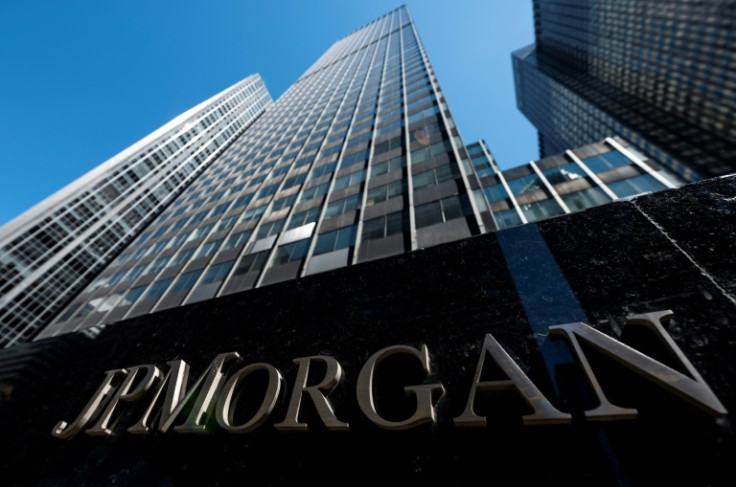In a remarkable shift in banking practices, the three largest retail banks in the U.S. experienced a 25% decline in overdraft revenue last year, reflecting attempts to create alternative solutions for customers to avoid penalties. JPMorgan Chase, Wells Fargo and Bank of America collectively declared $2.2 billion in overdraft fees in 2023, down approximately $700 million from the previous year, as disclosed in regulatory filings.

Overdraft fees, typically charged when a customer spends more than the balance in their checking account, have long been a lucrative source of revenue for the banking industry, totaling $280 billion since 2000 according to the Consumer Financial Protection Bureau. However, under enormous pressure from regulators to cap these fees, banks have started exploring new ways to mitigate the financial burden on consumers.
The decline in overdraft revenue comes amidst intensive scrutiny from regulators, with the Consumer Financial Protection Bureau proposing to limit overdraft charges to as little as $3 per transaction. While banks dispute that overdraft services offer a safety net for customers facing financial challenges, critics, including President Biden, state that these fees disproportionately affect struggling Americans.
The regulatory spotlight on overdraft practices intensified during a 2021 hearing when Senator Elizabeth Warren confronted JPMorgan CEO Jamie Dimon over the fees, asking for a $1.5 billion refund to customers—an appeal Dimon denied at the time.
Even prior to regulatory intervention, banks had seen a drop in overdraft revenue. Factors such as pandemic stimulus payments resulted in fewer overdraft triggers starting in 2020. Additionally, some banks, including Capital One, Citigroup, and Ally, voluntarily stopped the practice.
For those banks that retained overdraft fees, adjustments were done to make them more consumer-friendly. Measures were taken including limiting the types of transactions that incur penalties, removing fees for bounced checks, and offering one-day grace periods and account cushions to minimize the frequency of overdraft occurrences. Bank of America substantially reduced its overdraft fees from $35 to $10 in 2022.
Jennifer Tescher, CEO of the Financial Health Network, spoke about the significant shifts in banking practices, highlighting that banks are not only eliminating or reducing fees but also figuring out more customer-centric approaches to meet liquidity needs.
According to a May report from the Consumer Financial Protection Bureau, industrywide overdraft revenue amounted $7.7 billion in 2022, marking a 35% decline from 2019 levels. Recent regulatory filings confirm this drop, with JPMorgan and Wells Fargo, despite remaining dominant players in the overdraft arena, recording lower revenues.
JPMorgan reported $1.1 billion in overdraft revenue in 2023, a 12% decline from the previous year, while Wells Fargo had a 27% decrease to $937 million. Bank of America experienced a significant 64% decline to $140 million.
Despite the downward trend in overdraft revenue, banks continue to focus on the importance of overdraft protection for customers facing temporary financial constraints. As the banking landscape changed, the industry stays focused on balancing consumer needs with financial sustainability.







